With the final months of my JET contract approaching, I’ve realised that I’m fast running out of time to check off all the destinations on my travel wish-list. Therefore, having gone all the way north to Hokkaido in February, I ended March by travelling all the way south to Okinawa. Situated in the Pacific Ocean some 400 miles south of the Japanese mainland, Okinawa is a tropical retreat quite different from Honshu and the polar opposite of Hokkaido. Not only the climate and landscape of the Okinawan islands, but also the Okinawan people have a distinct and unique culture. As my mum happened to be in Japan, I took her along too, which was a good idea as she helped me navigate the narrow roads of Naha in our tiny cubic rental car and furnished me with tropical cocktails and exotic snacks at regular intervals (not while driving of course).
Upon our arrival in Okinawa’s main city, Naha, we used the extremely convenient monorail to escape the shed that serves as the LCC airport terminal and traverse the city to the rather more impressive Shuri Castle. The ride itself constituted a sightseeing tour as the elevated monorail track winds its way over the city affording good views of the streets which sprawl from the sea to the hills, where we found the castle solidly built on one of the higher slopes.
Shuri Castle was originally built in the 14th century as the seat of the Ryukyu Kingdom which occupied the Okinawan islands for 400 years before being claimed by Japan. The present castle however is a 20th century reconstruction necessitated by the complete destruction of the original during the Second World War. Despite this, it was well-worth a visit as the reconstructed castle is both beautiful and historically enlightening. The squat, vermillion main hall, with its huge sweeping roofs and colourful carvings appears more Chinese than Japanese, and is a splendid visual testament to the diverse cultures that traded with and influenced the Ryukyu Kingdom.
It seems that while the mainland fostered what are now regarded as uniquely Japanese modes of expression during the Edo period, the Ryukyus imbibed a rich mélange of cultures to produce a vivacious culture of their own. The more recent influence of American culture upon the islands does not seem to have superseded this identity but rather to have been adopted by it; whether this is a welcome addition to Okinawa’s cultural history or not is certainly a point of contention however.
As my last post about Hokkaido amply demonstrated, I’ve become a bit of a gourmand during my time here; this is perhaps unsurprising in a country where food reportage is a fundamental part of the morning news. While I was not tempted by the whole hog, which is quite literally eaten by the Okinawans, I was keen to seek out some of the unique dishes I had seen tantalisingly illustrated page after page in my Japanese guidebook. Kokusaidori, a bustling, brash shopping street that carves through the centre of Naha and is amply served by all-you-can eat steak restaurants and sweet shops, offered me the chance to try some of the treats I had been salivating over at my desk the previous week. These included purple sweet potato pie (紅芋パイ – beni-imo pai), salted biscuit (金楚糕 – chinsuko) ice cream and hefty little balls of sugary donut.
The second of our four days in Okinawa, we escaped the city in a rental car and headed for the more sparsely populated northern side of the island. As a kei-class vehicle designed to comply in the most minimal way with Japanese tax and insurance regulations, our rental car resembled a blue lego brick and drove like a lawnmower. However, on an island where the roads never exceed two lanes and the speed limit is, well, limited, we were not to be deterred. Choosing to follow a smaller coastal road rather than the expressway, we cruised past beaches and tropical forests and enjoyed the spring sunshine.
Aside from reaching the hotel, we had two further quests to fulfil on our drive; first, to admire some Okinawan pottery on our way through Yomitan village, and second, to procure some alcoholic beverages for our mini bar. We arrived at the hotel having successfully completed both missions and, upon being delivered to our room, we immediately set about opening some perfectly chilled Okinawan beers which we savoured along with a view of the paradisiacal Emerald Beach. This was soon followed by a delectable Hibiscus Mojito at the hotel bar, from which we admired a slightly different view of the beach and finally, we decided to take a break (from our drinks) and actually go to the beach.
Unfortunately, during our stay it was slightly too early in the season to swim, and even if we could, signs on the beach seemed to suggest the waters were infested with a host of poisonous creatures, so perhaps sticking to some modest paddling was for the best. The evening brought with it more drinks which were accompanied by some local dishes including bitter melon stir fry (ゴーヤチャンプルー – goya chanpuru), grilled fish and vegetable-fried rice. Despite enjoying the bitter melon (when washed down with generous slurps of wine), the sole reason for its continued cultivation can only be the belief that it’s responsible for the extended lifespan of the Okinawans, among which there are over 700 centenarians.
Next to our hotel was the entrance to a tree-lined coastal path running through the pretty village of Bise to the tip of the Motobu Peninsula, so having raided the hotel’s breakfast buffet, on our third day we set out for a leisurely, late morning walk. The path, which is in fact a maze of smaller sandy paths, is lined by dense, sturdy fukugi trees which were planted as windbreaks to protect the village from typhoons. The paths create a grid-like pattern so that, each time an intersection is reached, a cinematic view of the sea, a house or a garden is revealed and framed by the trees. Strangely, I was reminded of snapshots from the Mediterranean, Africa and Caribbean all at once. These exotic scenes were punctuated with seemingly incongruous reminders that we were in Japan, such as the ubiquitous garish vending machine. The whole experience made for a bizarre but pleasant wander which has left an indelible impression on my mind, like a recollection from fiction or a dream.
Coming out of our hotel and turning away from Bise, towards the south we were offered a completely different experience; the massive Churaumi Aquarium. Having spent the morning in the dreamy quiet of Bise village, in the afternoon we walked a couple of minutes in the opposite direction and found ourselves in the midst of schools of exotic fish and excited children. Churaumi is famous throughout Japan for having not one, but three gigantic Whale sharks housed in an equally enormous tank. Thanks to the provision made for the Whale sharks, it is also the second largest aquarium in the world. The aquarium houses many more less awesome but equally interesting fish, corals and crustaceans which, according to an expert panel of 10-year-olds overheard observing some giant lobsters, looked delicious.
While the coral and deep-sea exhibits were delectable, the star attraction was undoubtedly the Whale shark tank. It would have been easy to stand staring at the huge fish, mantas and stingrays that accompanied the Whale sharks on their laps around the tank for hours, but fortunately the pressing need for another Hibiscus Mojito broke the trance-like effect of the tank and we escaped the submarine corridors of the aquarium in time to admire a gorgeous sunset over the distant silhouette of Iejima Island.
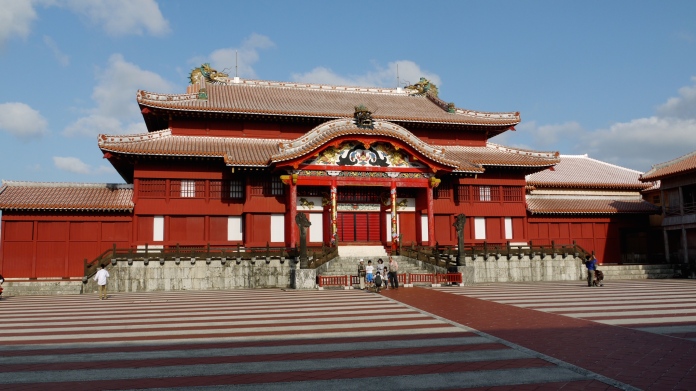
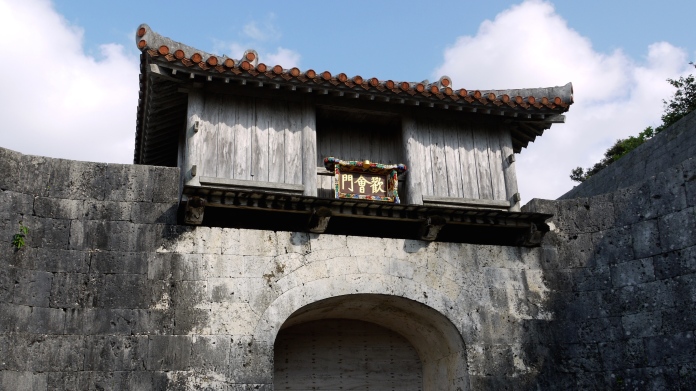
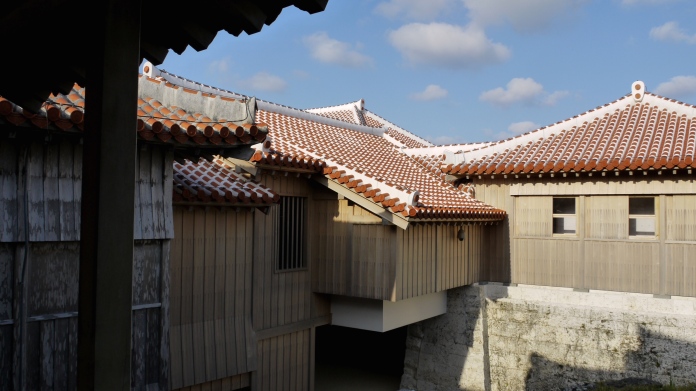
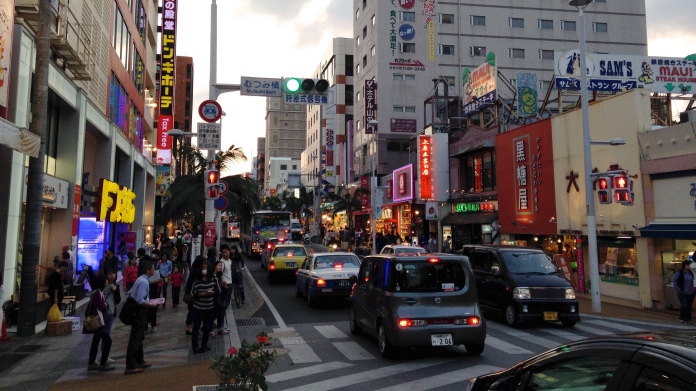
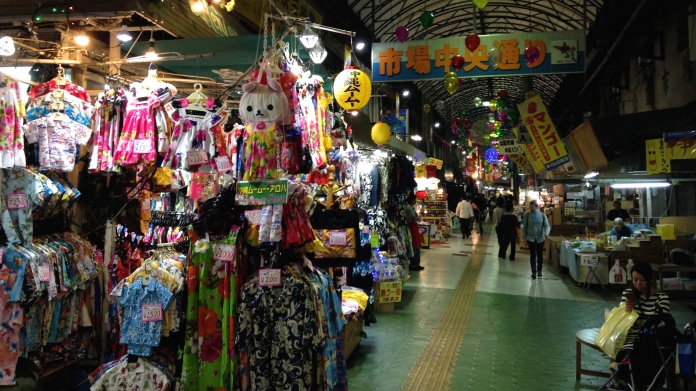
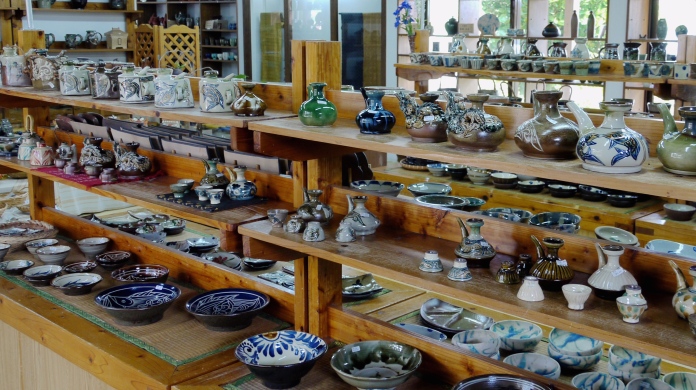
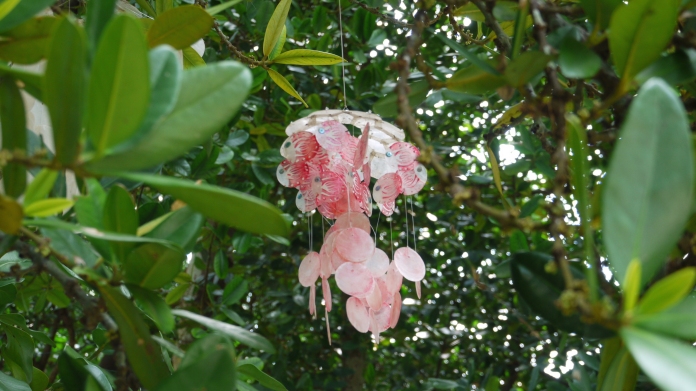
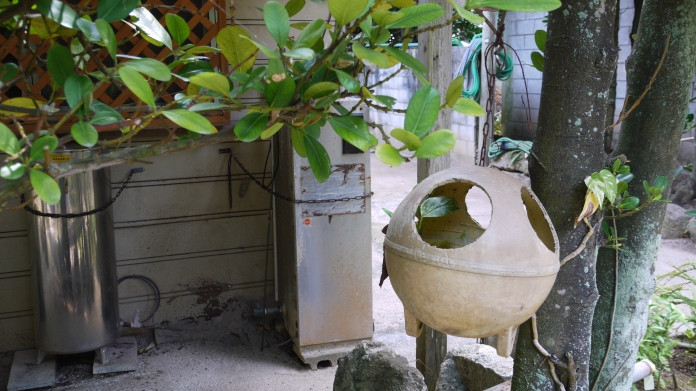
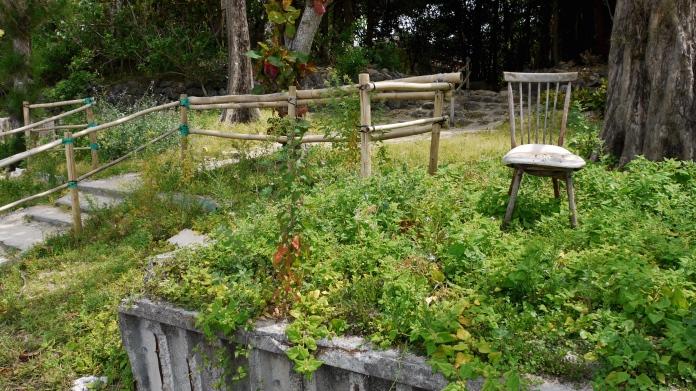
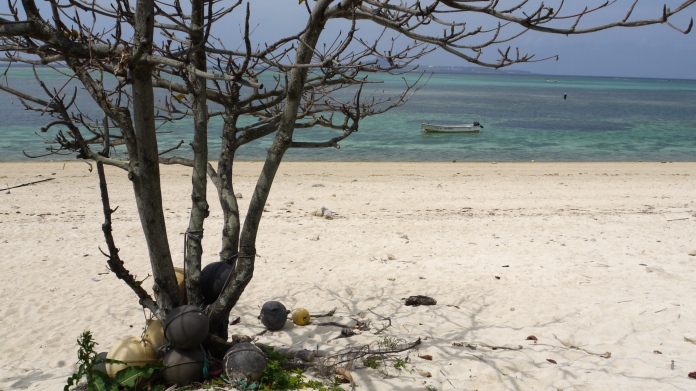
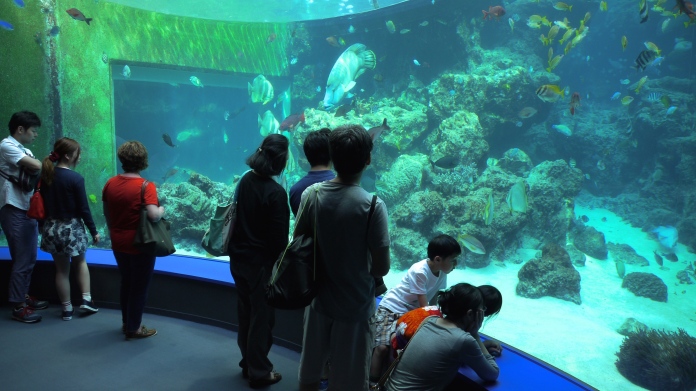
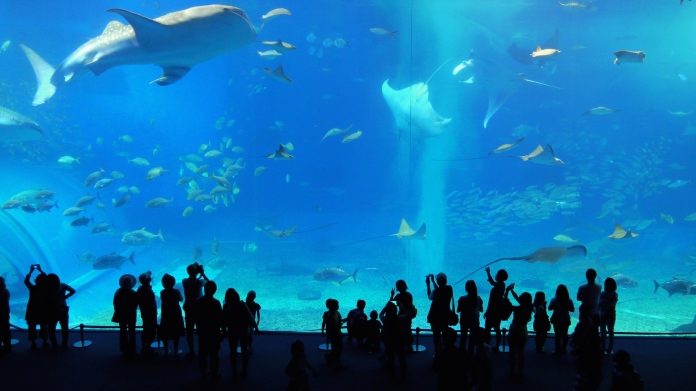
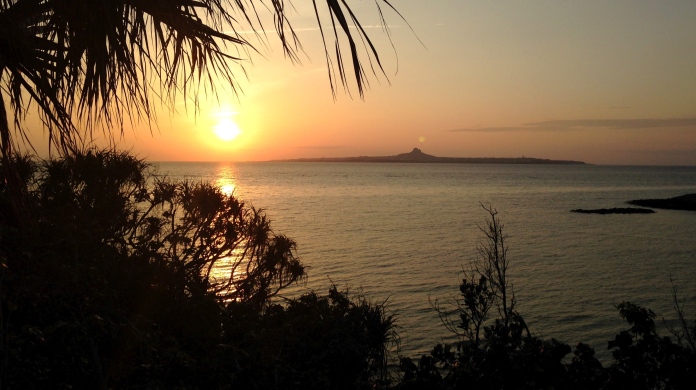
Brilliant ! Thank you so much love Dad xxx
Sent from my iPhone
You should send these reports tithe respective tourist boards ? Love Dad xxx
Sent from my iPhone